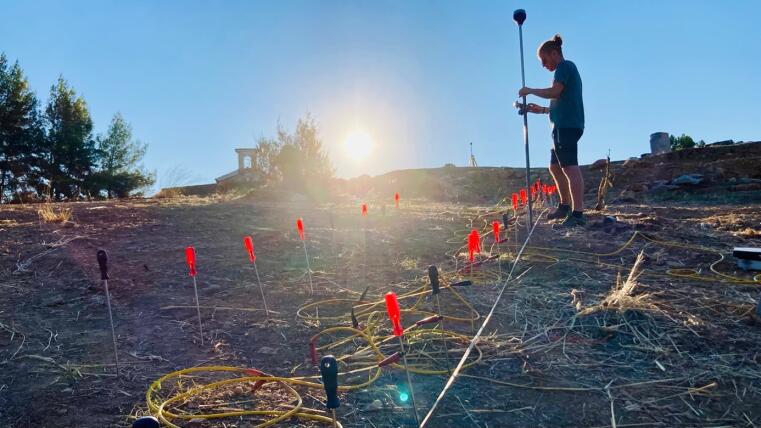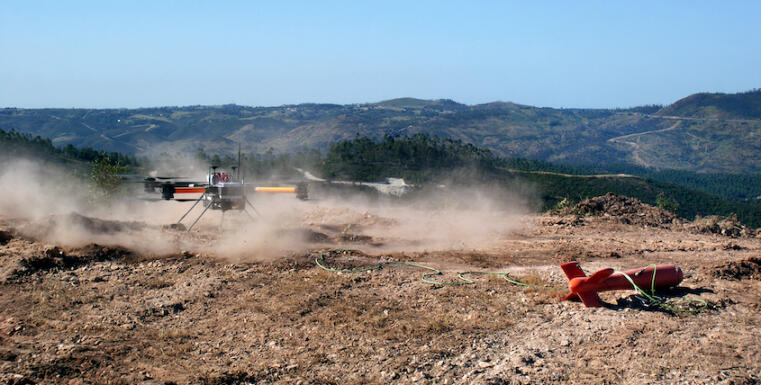
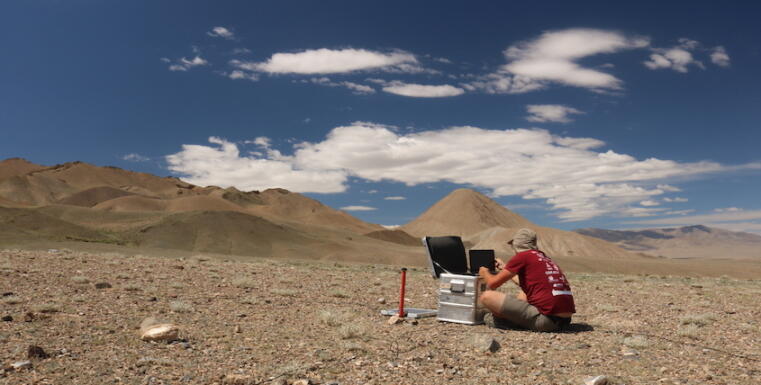
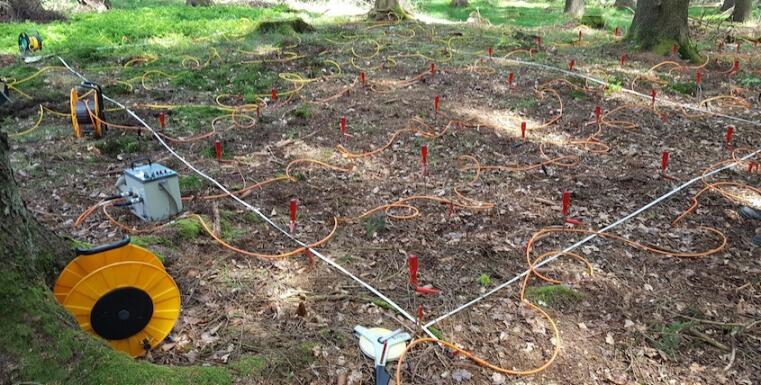



The focus of applied geophysics is the exploration of the earth's crust using a wide range of geophysical measurement methods. The development and optimization of innovative measuring techniques, their use for deposit exploration, lithosphere research and their application to complex problems in archaeo-physics are the main focuses of our working group.
GeoMetEr is a research project of the Bundesgesellschaft für Endlagerung (BGE) in cooperation with a project group led by the University of Freiberg, in which the Applied Geophysics Group of the University of Münster is also involved. The objective is to test various minimally invasive, surface geophysical measurement methods, such as airborne EM, for the subsequent selection of a repository site. Further information on the project and the search for a final repository can be found on the website of the BGE.
In March 2023, the University of Münster carried out the first test measurements in the Sigmaringen district to assess the influence of potential EM noise sources, such as transmission towers. This information will be used to define a research area for testing further exploration methods.
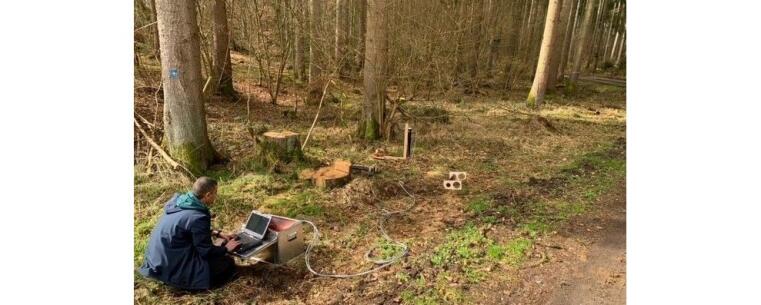
In February, the first helicopter-based AFMAG measurements were carried out as part of the DESMEX II project. AFMAG stands for audio frequency magnetics and, like magnetotellurics, is based on natural electromagnetic sources. Participating partners are the Federal Institute for Geosciences and Natural Resources (BGR) and the Leibniz Institute for Photonic Technologies (IPHT).
To demonstrate the method, a region near Gobabis in Namibia was selected for which a coarsely resolved AFMAG comparison data set already exists.
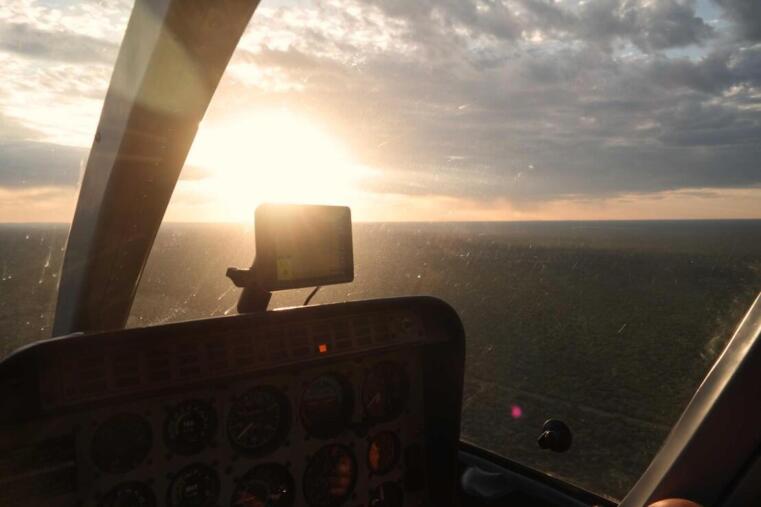
In the first weeks of January, complementary investigations of the Hope copper mine in Namibia were carried out in collaboration with terratec Geophysical Services, following on from the successful sAEM measurements in 2021.
The semi-airborne electromagnetic methods developed within the DESMEX projects are particularly well suited for deep exploration of deposits, such as the exploration of this shallow-dipping massive sulphide deposit
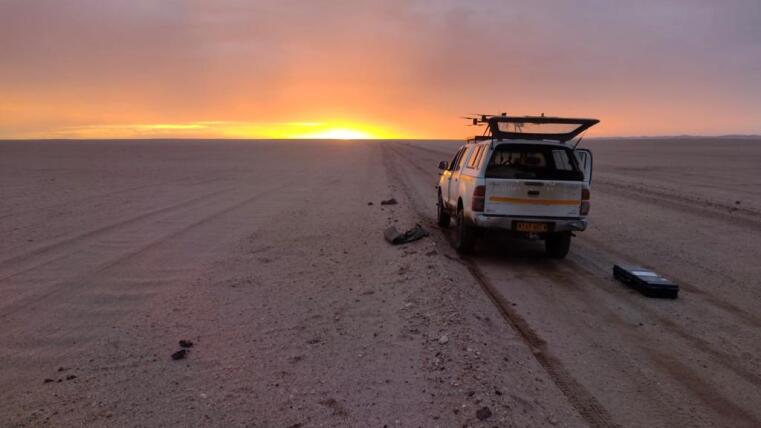
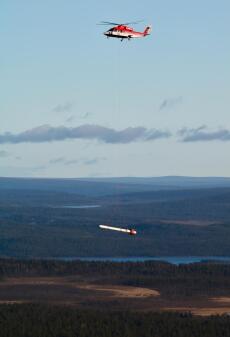
On 12 January 2023, Swedish mining company LKAB announced the discovery of a large deposit of rare earth metals in Kiruna - a site that was used to test DESMEX methods in 2018.
At that time, the iron ore deposit located there was investigated, which is considered one of the largest in the world and a suitable target for validating the DESMEX exploration methods. The resulting geological subsurface models also contributed to the exploration of the rare earth metal deposits.
Click here for the article in the news portal of the University of Münster:
https://www.uni-muenster.de/news/view.php?cmdid=13080&lang=en
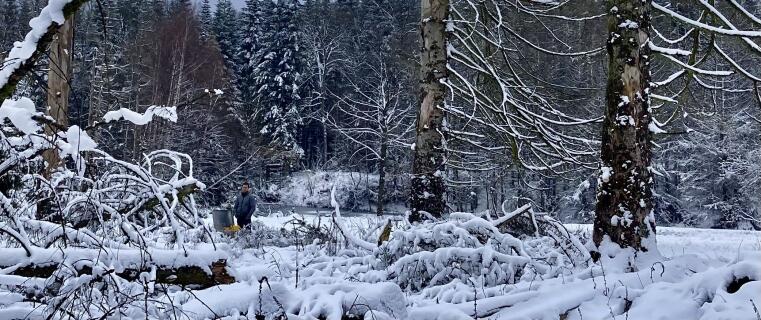
The working group installed stations for telluric broadband measurements and magnetic field measurements with fluxgate magnetometers in the Sauerland. The aim is to check the feasibility of long-term magnetotelluric measurements to obtain long-period H- and E-field data with regard to temperature-related sensor instability.
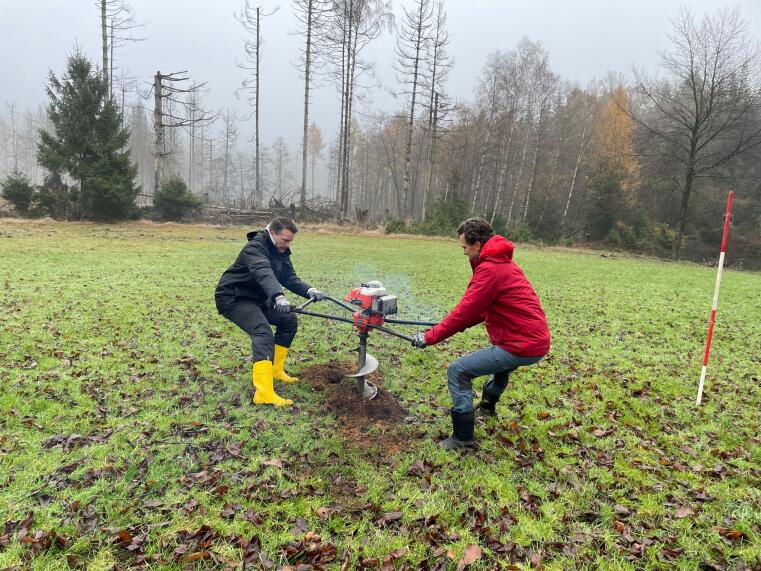
New helicopter-borne semi-airborne EM data will be acquired in the upper Harz mountains. The measurements are part of the DESMEX-REAL project and will be centered around Lautenthal.
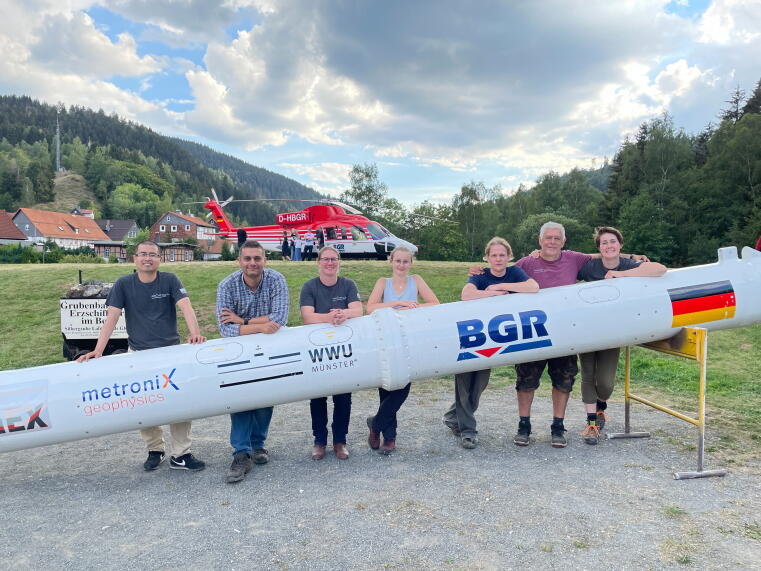
Comeau, M. J., Becken, M., and Kuvshinov, A. V. (2022). Imaging the whole-lithosphere architecture of a mineral system—Geophysical signatures of the sources and pathways of ore-forming fluids. Geochemistry, Geophysics, Geosystems, 23, e2022GC010379. https://doi.org/10.1029/2022GC010379
Becken, M., Kotowski, P.O., Schmalzl, J., Symons, G., Brauch, K., 2022. Semi-Airborne Electromagnetic Exploration Using a Scalar Magnetometer Suspended below a Multicopter. First Break, 40(8), 37-46. https://doi.org/10.3997/1365-2397.fb2022064
Stolz, R., Schiffler, M., Becken, M., Thiede, A., Schneider, M., Chubak, G., Marsden, P., Bergshjorth, A.B., and Schaefer, M., and Terblanche, O. (2022). SQUIDs for magnetic and electromagnetic methods in mineral exploration. Miner Econ. https://doi.org/10.1007/s13563-022-00333-3
The working group has carried out new magnetotelluric measurements in the Hovsgol region in northern Mongolia together with partners from the Institute of Astronomy and Geophysics (IAG), Ulaanbaatar. New data at 86 sites were acquired and complement the existing array. The new and existing data will be used to test geodynamic hypotheses for lithospheric deformation at the edge of the Siberian platform.
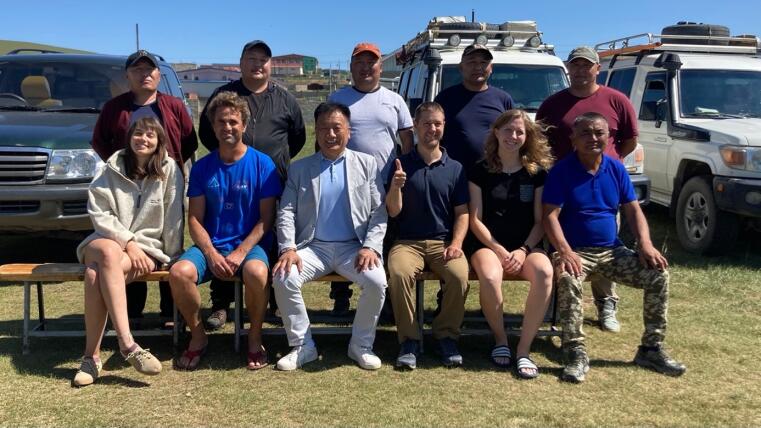
Archeo-geophysical measurements were carried out near Sparta, Greece, to unravel hidden archeological structures at the Apollon Amyklaios sanctuary near Sparta. Measurements were conducted in cooperation with the Institute for Classical and Christian Archaeology of the WWU Münster and the Ionian University of Corfu.
